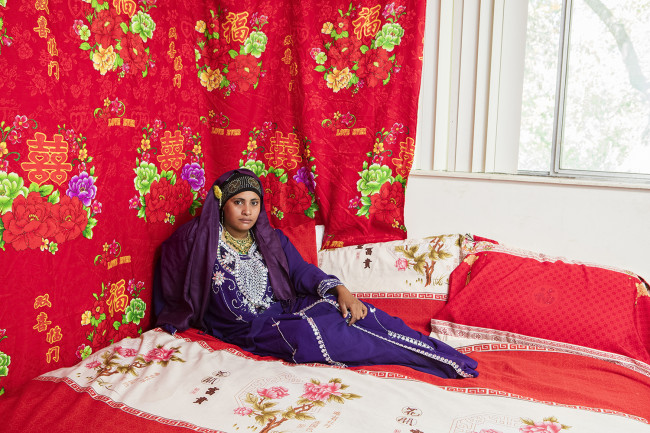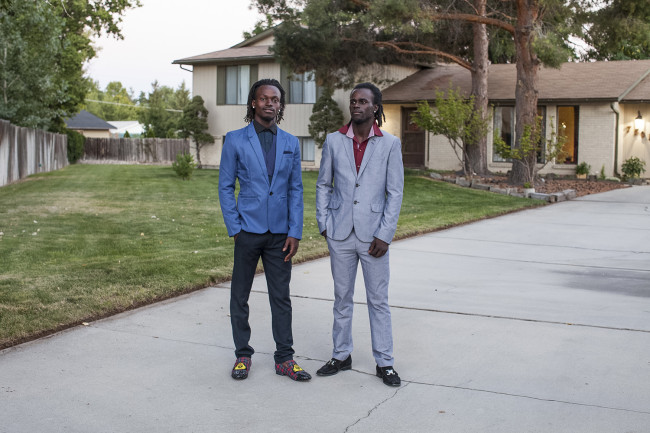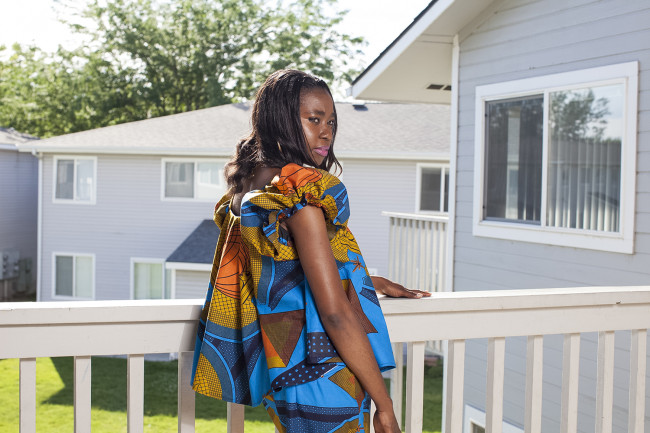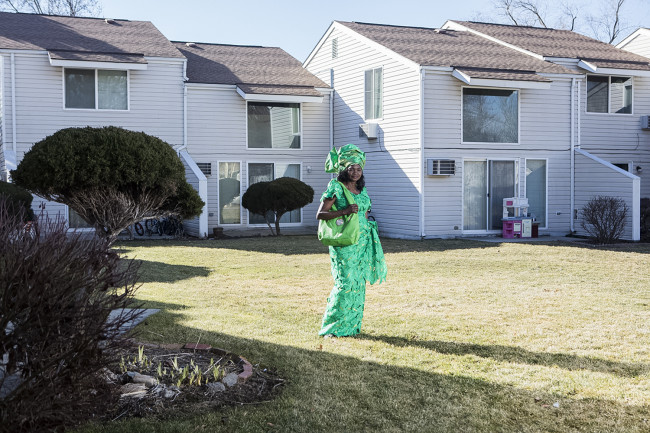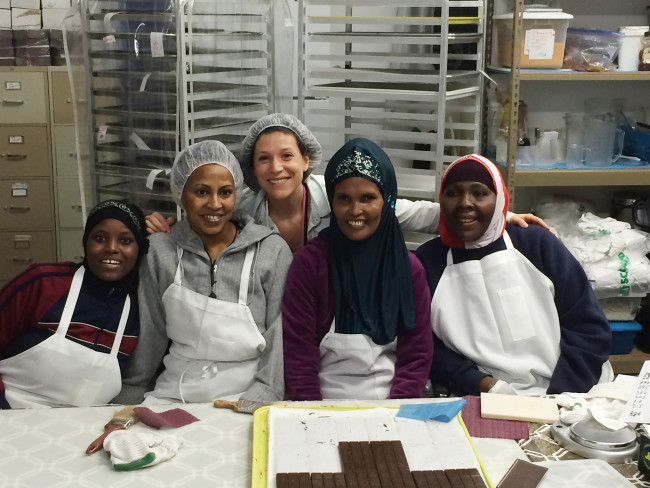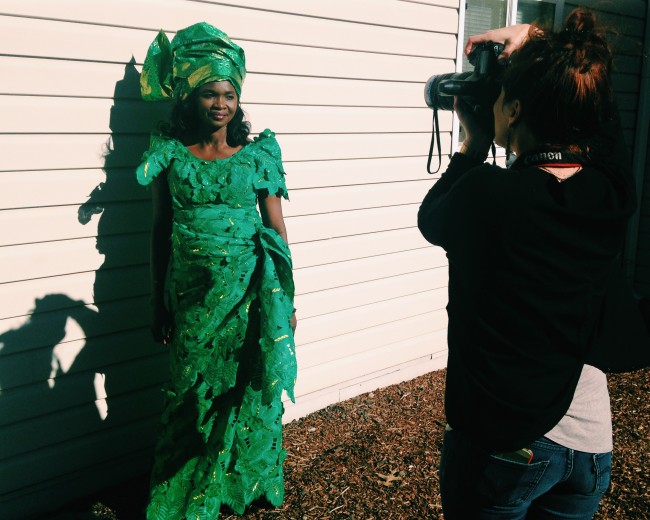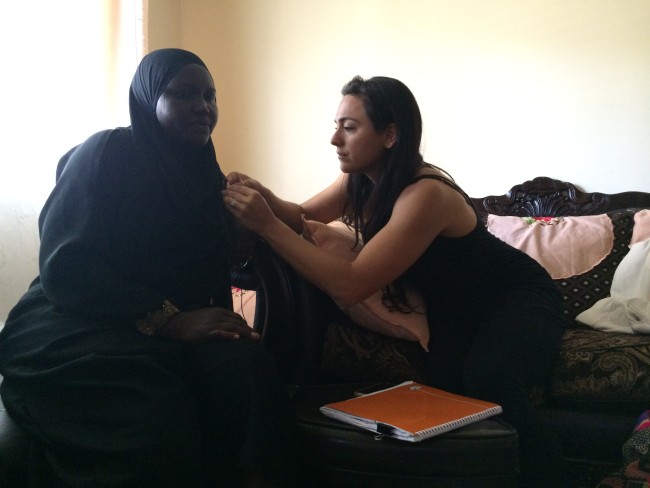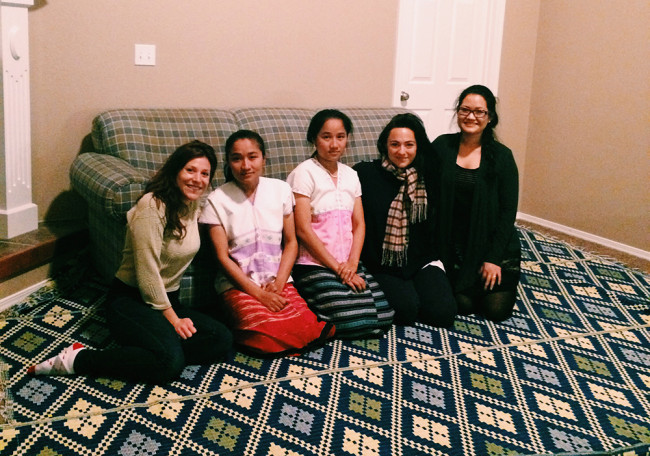Angie SmithStronger Shines the Light Inside
How do you see this work helping the refugees?
This work will be presented as an large scale, outdoor public exhibition that will be installed in 3 locations in downtown Boise for two months. My hope is anyone who stops to even read one story will walk away feeling like they have learned something new. The word “refugee” is so overused in our society right now because that’s the only word we have to describe people in this situation. But every single refugee living in Boise has such a different life journey. I want to help present these pictures and stories of refugees just as people, who happen to have been born into a situation that they eventually had to flee from, they all happened to end up in Idaho and they all have unique dreams they want to fulfill. Refugees aren’t just the images we see in the news of people in camps or migrating into Europe. Refugees are in the U.S. and they have been for many years, opening businesses, going to college, everyday they are surmounting tremendous obstacles. And beyond that, they are contributing so much to our communities. We just need take them time to connect with them. The more they are integrated into the communities where they resettle, the more they will succeed and be able to contribute to that community and the more we will all benefit. Boise stands out as one of the 5 most welcoming cities in America for refugees.
How did you find your subjects and what was the selection process?
I began with Rita and she is from the Democratic Republic of Congo. Then I went to a church in Boise where the majority of the congregation is from the Congo. I offered to take pictures of families in the church, to offer them something that would be valuable, but it would also allow me to start making contacts with people. The first 8 shoots were to experiment and get comfortable and see if people were willing to participate. I made the most contacts within the Congolese community, which also makes up about 30% of the refugee population in Boise. I consistently went to the church services and brought back prints so that people got to know me. All of my contacts just grew from there. People would invite me to their birthday parties, weddings, soccer games and baptisms. I am trying to represent as many different countries as possible in this project, so I had to go through the same process with each different community whether it was the Iraqis, Eritreans or Somali Bantus- I had to build trust.
How long did you spend with each person and what tools did you use to get them to open up to you?
I try to have an initial meeting with each person, without a camera. I find that it goes a long way to just spend time with people, without an agenda. Many people are coming from cultures where there was a lot more time in the day to simply talk with another person. I think it’s difficult for refugees to adjust to this American lifestyle of constantly working and being busy. I try to ask them questions and get a sense of the situation they have fled, what their life is like in Idaho and what they spend their time doing. This helps me visualize the picture I want to take of them. The more time I spend with the person and the more I create the space to connect with them, the more trust is built and the more they open up to me. It’s really about putting the time and effort in to get to know them. Many of my subjects I have become great friends with and we spend time together without taking any pictures.
I usually spend about 2-3 hours with each person. For some people, I do several interviews because as I get to know them, they open up more or say profound things as time goes on that I want to include in the project. The less pressure I put on people to talk about something, the more they open up when they are ready. Some of the interviews I have done in collaboration with a writer, Hanne Steen, who has a similar interview style. However, she speaks French and grew up in Kenya, Rwanda and the Central African Republic, so having that shared experience with some of our subjects definitely helps.
How difficult was the editing process and were you the only one editing?
The exhibition will install on September 1st, so I am still shooting and gathering interviews. I can tell the edit is going to be challenging because I have so many pictures and people from this project that I love. I want them all to be in it. But that’s why some of my goals for this work reach beyond this exhibition. I want to publish a book; start making films have this exhibit travel around the world. The more exposure it gets, the more opportunities I have to share these stories and impact people’s perceptions.
I will most likely ask for editing help from a friend and amazing photography consultant Meredith Marlay for some visual consultation. I will also go through the same process with Hanne, my writing partner to discuss the stories and how to edit the stories.
The edit will reflect each person’s story to represent a different aspect of this experience. I am always listening for someone to make a point or talk about something that hasn’t been talked about by another refugee.
Did you shoot anyone but not include them in the body of work?
Yes, I have actually shot several people that have expressed some level of hesitation about being on the internet. An example is a transgender woman from Iran, who has been persecuted, beaten and raped throughout her life. She was very open about her experiences wanted to talk about what she has been though. After the photo shoot, she expressed some fear around her identity being revealed. We re-shot her in a way that didn’t show her face. With her, I know there is a high probability she will decide not to be in the project, and that’s okay. Even if I don’t get a picture that I can use, if the experience made them feel happy, that’s enough for me.
Are you following up with the subjects? Giving prints?
Yes, I follow up with everyone, but it takes a lot of effort to track people down and give them prints. I go to parties and weddings and I photograph a lot of people who I don’t exchange information with because it would just take too long. At the end of the project, I will be allocating the time necessary to track people down. Luckily, it’s a fairly small community and everyone knows everyone, so I can usually find out fairly easily a person’s name and phone number just by asking around. Giving prints to people is really important as a gesture. But it’s funny because with the teenagers, they don’t really want prints. They want you to text them the photos so they can post them on facebook. It’s difficult to communicate to them why I can’t do that sometimes, because I need to keep the pictures close until the exhibition launches.
For more information about the project:
instagram
twitter
facebook
